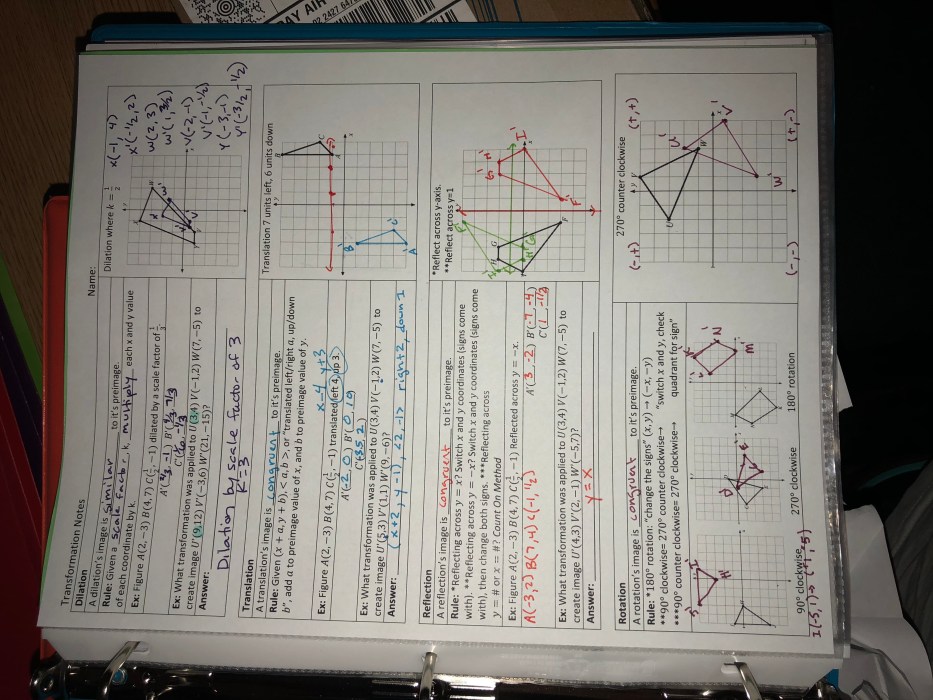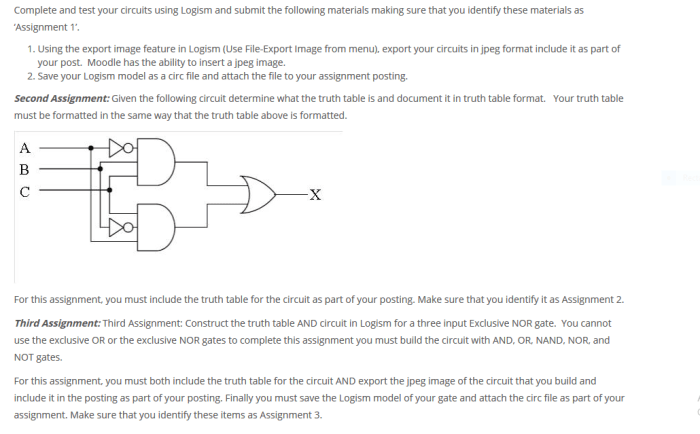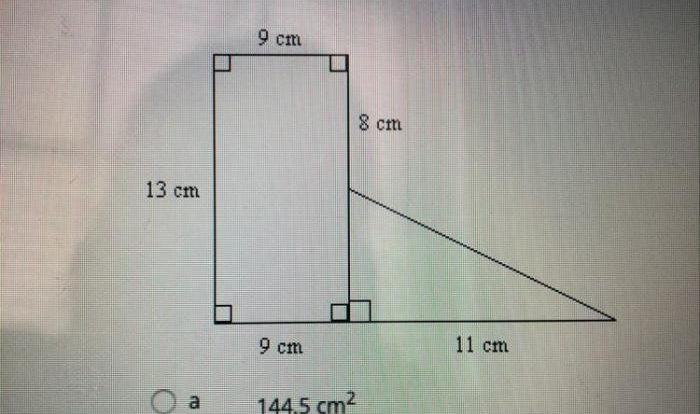Constructions and rigid transformations end of unit assessment answer key – This answer key provides detailed solutions to the assessment tasks for the constructions and rigid transformations end-of-unit assessment. It explains the reasoning behind each solution and includes illustrative examples and diagrams where appropriate.
Key Concepts: Constructions and Rigid Transformations

Constructions are geometric figures formed by connecting points and lines according to specific rules. There are two main types of constructions: compass-and-straightedge constructions and origami constructions.
Types of Constructions
- Compass-and-straightedge constructionsuse only a compass and a straightedge to construct geometric figures.
- Origami constructionsuse paper folding to construct geometric figures.
Rigid Transformations
Rigid transformations are transformations that preserve the shape and size of a figure. There are four types of rigid transformations: translations, rotations, reflections, and glide reflections.
Properties of Rigid Transformations
- Translationsmove a figure from one point to another without changing its orientation.
- Rotationsturn a figure around a fixed point.
- Reflectionsflip a figure over a line.
- Glide reflectionsare a combination of a translation and a reflection.
Applications of Rigid Transformations, Constructions and rigid transformations end of unit assessment answer key
Rigid transformations are used in a variety of applications, including:
- Architecture: Designing buildings and structures
- Engineering: Designing machines and bridges
- Computer graphics: Creating 3D models and animations
Question Bank: Constructions And Rigid Transformations End Of Unit Assessment Answer Key
What are the key concepts covered in this assessment?
The key concepts covered in this assessment include the definition and types of constructions, examples of rigid transformations, and the properties and applications of rigid transformations.
What are the different types of assessment tasks?
The different types of assessment tasks include analyzing a given construction or rigid transformation, identifying the type of construction or transformation used, and determining the properties and applications of the construction or transformation.
How is the assessment graded?
The assessment is graded using a rubric that Artikels the assessment criteria and point distribution. The requirements for each level of performance (e.g., Excellent, Proficient, etc.) are specified in the rubric.

